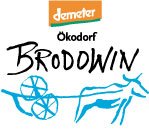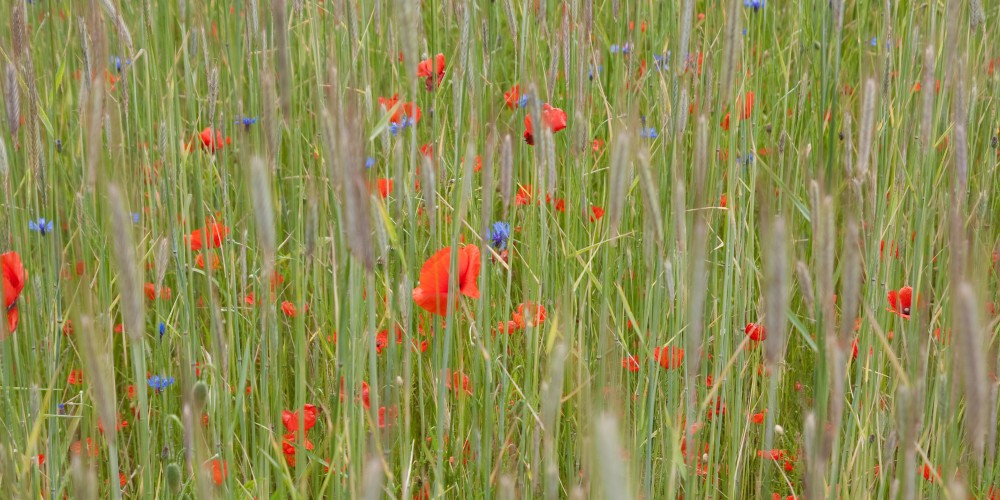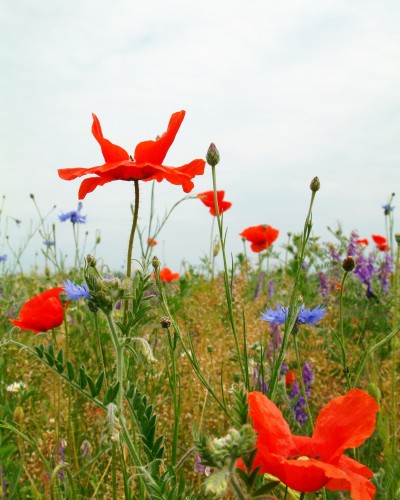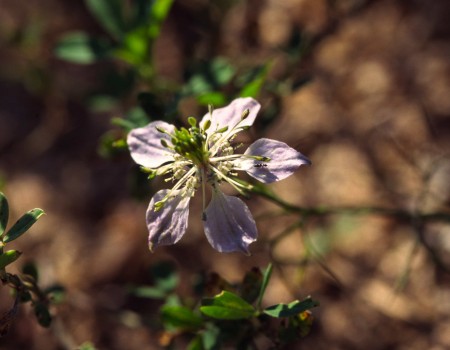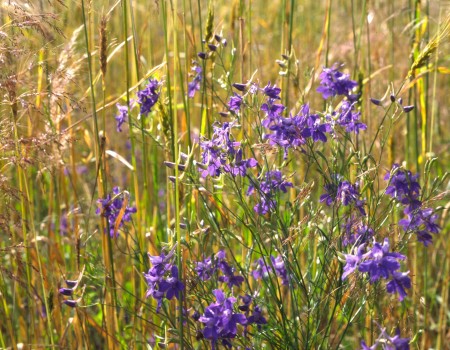Wild field herbs
Background
Farmers generally do not welcome wild herbs on their land. They compete with planted crops and are therefore often seen as weeds. To offer crops better growth conditions, farmers try to keep the number of wild herbs as low as possible. Since the mid-20th Century mechanical and chemical control has led to the suppression and extinction of many wild herbs. As a result, numerous animal species have disappeared from the agricultural landscape. Many insect species are dependent on a single plant species as a food source.
In organic farming wild herbs also become “problem herbs” when they reduce the yields of crop plants too strongly. Despite this, chemical control is often avoided. Thus mechanical tillage becomes all the more important. When grooming, weeds are uprooted by the machine’s long tines or buried under the earth.
The cultivation associations of organic farming have committed to protecting animal and plant species as well as their respective habitats. Wild herbs can only be preserved when special cultivation procedures are developed.
